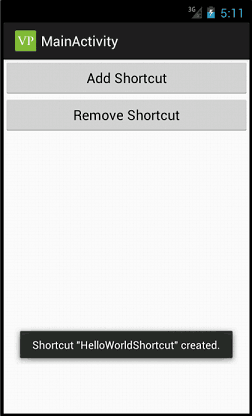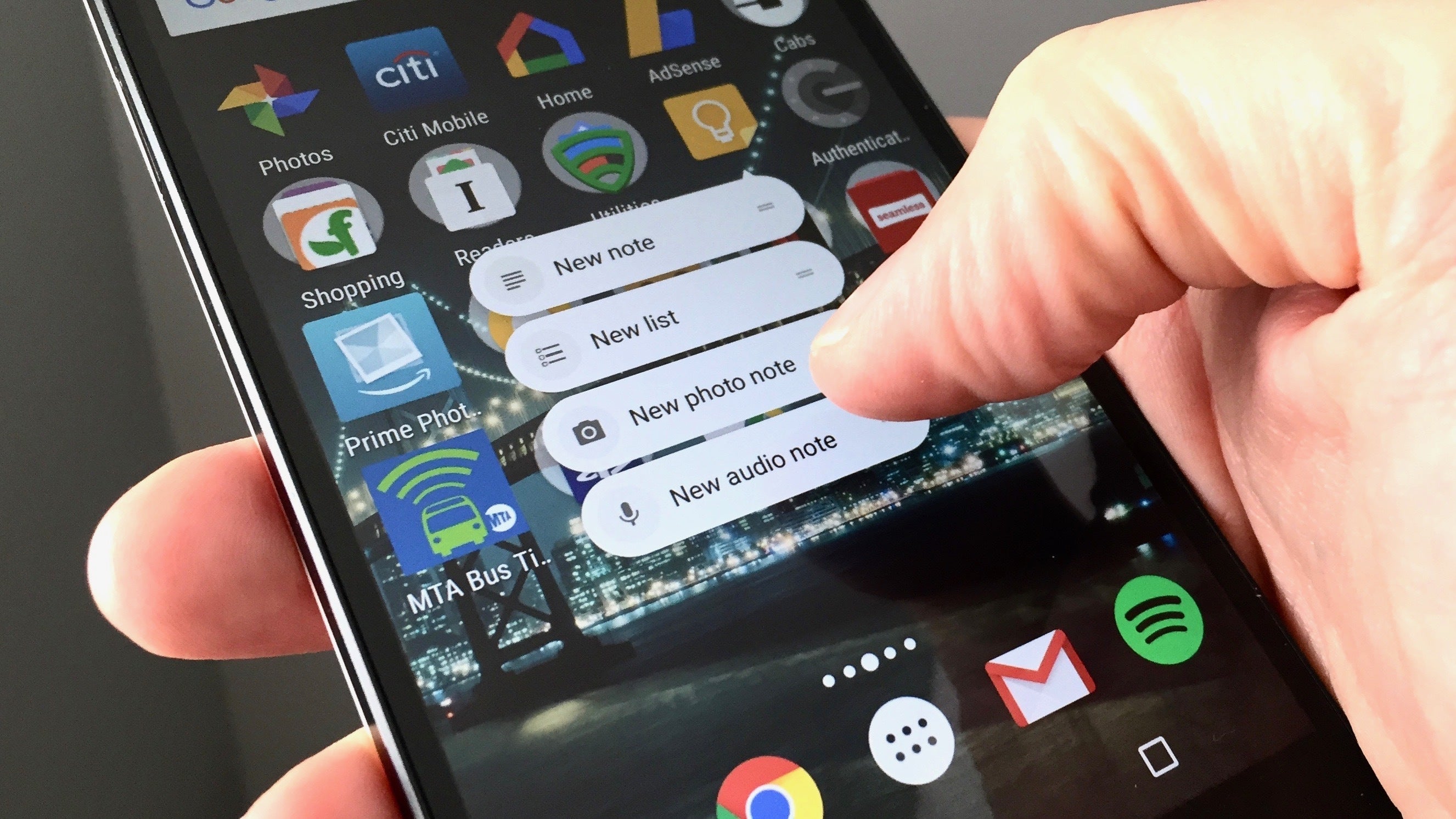

- Delete app shortcut android full#
- Delete app shortcut android android#
- Delete app shortcut android download#
Delete app shortcut android android#

Run the following command to clone the sample app's GitHub repository: git clone
Delete app shortcut android download#
Download and prepare the sample app by completing this section. With this app, users can add items to lists, search for task list items by category, and filter tasks by completion status. This codelab uses a sample to-do list app built for Android. With this library in place, Assistant will be aware of each shortcut pushed by your app, enabling users to launch those shortcuts by using the shortcut's trigger phrase in Assistant. Providing shortcuts to AssistantĪfter binding your shortcuts to a BII, the next step is to enable Assistant to ingest these shortcuts by adding the Google Shortcuts Integration library to your project.
Delete app shortcut android full#
Refer to the Built-in intents reference for a full categorized list of BIIs. * "Hey Google, order my usual from ExampleApp."

Three progressive screens showing a user-created task, and Google Assistant launching a dynamic shortcut to that task item. With App Actions, you enable these shortcuts for voice by binding them to a BII, enabling users to access their content from Assistant by saying things like, "Hey Google, open my grocery list on ExampleApp."įigure 1. Apps push dynamic shortcuts after users perform relevant actions, like creating a new note in a task tracking app. Enabling voice functionality for dynamic elements in an app, like user-generated content, is achieved using dynamic shortcuts. Static shortcuts are bundled with an app and can only be updated by releasing new versions of the app. Android developers use App Actions to extend app functionality to Google Assistant. In the previous codelab, you used static shortcuts to implement commonly used built-in intents (BII) in a sample app.


 0 kommentar(er)
0 kommentar(er)
